Wheaton's History
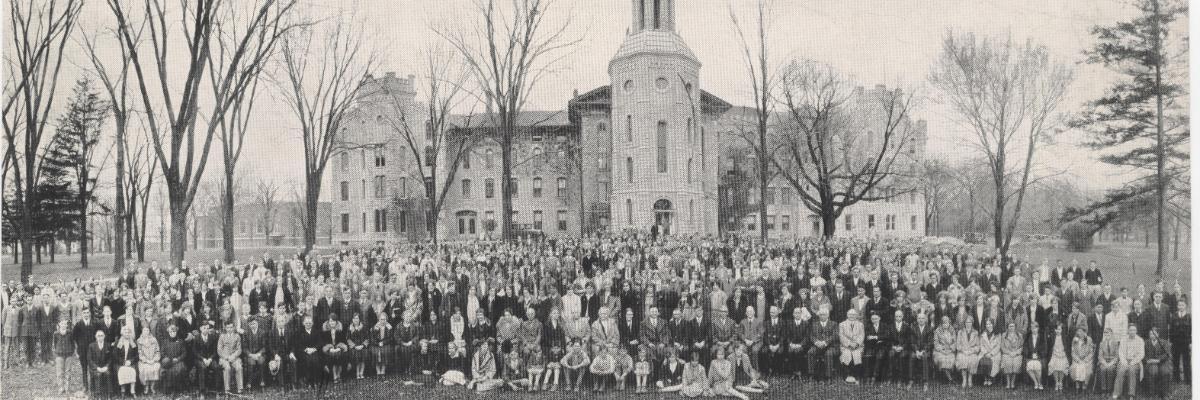
From the Abolitionist movement to the revivals of Billy Graham, Wheaton has experienced more than 150 years of dynamic engagement in academics and culture. Wheaton’s history is marked by stories of great faith and learning, and of the students who took their Wheaton education to influence the world For Christ and His Kingdom.
These eight presidents have served the mission of Wheaton and provided invaluable leadership to the college.
Jonathan Blanchard
President from 1860 to 1882
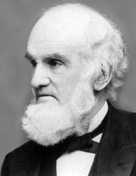
With his experience as the former president of Knox College in Galesburg, IL, followed by several years in the pastorate, Jonathan Blanchard arrived in 1859 to lead the struggling Illinois Institute, founded in Wheaton, Illinois by the Wesleyans in 1853. This able administrator was known widely as a staunch abolitionist and crusader for social reform. When Warren L. Wheaton gave a parcel of land to the Institute, Blanchard proposed to have the school renamed Wheaton College. It was his desire that the new college commit itself to a combination of intellectual growth and Christian faith. Touched almost at once by the Civil War, the College said farewell to some sixty-seven enlistees, not all of whom returned.
Charles Blanchard
President from 1882 to 1925
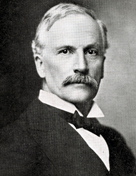
Charles Albert Blanchard succeeded his father as president and served in this position for 43 years, from 1882 to 1925. A graduate of the Class of 1870, Charles continued to uphold his alma mater's commitment to liberal arts education undergirded with classical studies and a distinctively Christian emphasis. He commended to his students hard work, frugality, and compassion and the virtues of patience, self-denial, and courage. Student enrollment increased, and, in a spurt of growth at the close of the century, new facilities were added to the campus, including an observatory, a ladies' dormitory (Williston Hall), a modern gymnasium (Adams Hall), and an "Industrial Building" (later the Academy and now Schell Hall). Charles' funeral service was held in the recently finished chapel ( Pierce Memorial Chapel).
James Oliver Buswell
President from 1926 to 1940
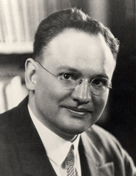
Upon Charles' death in 1925, Wheaton's Board of Trustees elected Rev. James Oliver Buswell to fill the presidency. A pastor and former army chaplain during the first World War, Buswell was a force that kept Wheaton from embracing the liberal theology popular at that time. During his 14 years in office (1926-1940), Wheaton received academic accreditation, upgraded library services, added a substantial number of Ph.D.s to the teaching staff, and launched its first graduate courses. Six literary societies provided training and social activities for many students who went on to national prominence in several professions, morning chapel was a daily experience for students and faculty, and a strong athletics program brought renown to both college and community.
V. Raymond Edman
President from 1940 to 1965
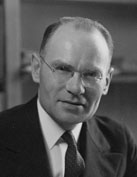
V. Raymond Edman (Ph.D., Clark University), associate professor of political science at Wheaton, was named fourth president of the College, serving from 1940 to 1965. Popular with students and colleagues alike, Edman charted Wheaton's course through the World War II years. The Alumni Gymnasium was one of the first of many building projects that would characterize the era of expansion over which he presided. The Alumni Association, which today serves some 51,000 alumni around the world, was formed in 1944. Following the war years, the campus experienced a building boom that lasted more than a decade and saw the completion of a library, dining hall, student center, science facilities, dorms, a second gymnasium, and a stunning chapel-auditorium. Wheaton celebrated its 100th year anniversary during Edman's presidency, and its reputation for excellence grew to international acclaim.
Hudson T. Armerding
President from 1965 to 1982
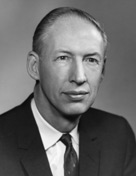
While a student at Wheaton in the late 30s and early 40s, Hudson T. Armerding (Ph.D., University of Chicago) served as assistant to President Edman. In 1965, he was elected to succeed him. In the years between, he served as a Naval officer in the Pacific, completed graduate studies at the University of Chicago, became ordained to the Christian ministry, and taught history. Returning to his alma mater at a time of national unrest, Armerding helped Wheaton remain committed to intellectual integrity and anchored in historic Christian orthodoxy. The College's strong emphasis today on the integration of faith and learning crystallized during the Armerding years. His era also saw the establishment of special collections in the College's library and archives, the emergence of international out-reach programs, and the appearance of yet another major campus landmark, the Billy Graham Center.
Richard Chase
President from 1982 to 1993
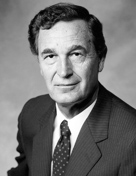
J. Richard Chase (Ph.D., Cornell University) came to Wheaton College in 1982 after serving twelve years as president of Biola. He reinforced Wheaton's commitment to its biblical foundations and oversaw a period of significant growth relating to endowment, buildings, and academic programs. He continually endeavored to attract to the College gifted students who could profit from its rigorous academic objectives and religious underpinnings, and he dedicated much of his eleven-year term to furnishing and providing funding for the administrative structures and procedures that would make the achievement of that goal possible. The College, higher education in general, and numerous national, state, and local organizations benefited from Chase's visionary leadership.
Duane Litfin
President from 1993 to 2010
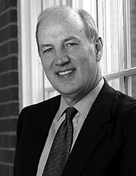
Wheaton College's seventh president, Duane Litfin (Ph.D., Purdue University; D. Phil., Oxford University) served for seventeen years, from 1993 to 2010. During his tenure Wheaton's campus was enhanced by a campus mall, the Sports and Recreation Center, the Todd M. Beamer Student Center, the Marion E. Wade Center, and a new science center. Ten additional endowed academic chairs were established, and a doctoral program in Biblical and Theological Studies was initiated. He gave leadership to revisioning Wheaton's mascot as the Thunder in 2000 and shaping a new Community Covenant, which was adopted in 2003. His widely-read book on Christian higher education, Conceiving the Christian College (2004), imparts critical clarity on foundational issues such as institutional identity, the foundations of Christian thought, and establishing a more congenial academic environment.
Philip Ryken
President from 2010 to Present
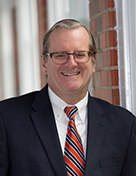 Dr. Philip Graham Ryken '88 was appointed Wheaton’s eighth president in 2010. His strategic priorities for the College have included promoting liberal arts excellence, globalizing a Wheaton education, deepening ethnic diversity, strengthening spiritual formation, and enhancing music and the arts. Previously Dr. Ryken served as the senior minister of Philadelphia's historic Tenth Presbyterian Church. An English literature and philosophy major during his undergraduate years at Wheaton, Dr. Ryken earned a master of divinity degree from Westminster Theological Seminary and a doctorate in historical theology from Oxford University. He has published more than 50 books and Bible commentaries and lives next door to campus with his wife Lisa (Maxwell) Ryken, who also graduated from Wheaton in 1988. The Rykens have five children, including four Wheaton alums and a current Wheaton student, and two granddaughters.
Dr. Philip Graham Ryken '88 was appointed Wheaton’s eighth president in 2010. His strategic priorities for the College have included promoting liberal arts excellence, globalizing a Wheaton education, deepening ethnic diversity, strengthening spiritual formation, and enhancing music and the arts. Previously Dr. Ryken served as the senior minister of Philadelphia's historic Tenth Presbyterian Church. An English literature and philosophy major during his undergraduate years at Wheaton, Dr. Ryken earned a master of divinity degree from Westminster Theological Seminary and a doctorate in historical theology from Oxford University. He has published more than 50 books and Bible commentaries and lives next door to campus with his wife Lisa (Maxwell) Ryken, who also graduated from Wheaton in 1988. The Rykens have five children, including four Wheaton alums and a current Wheaton student, and two granddaughters.